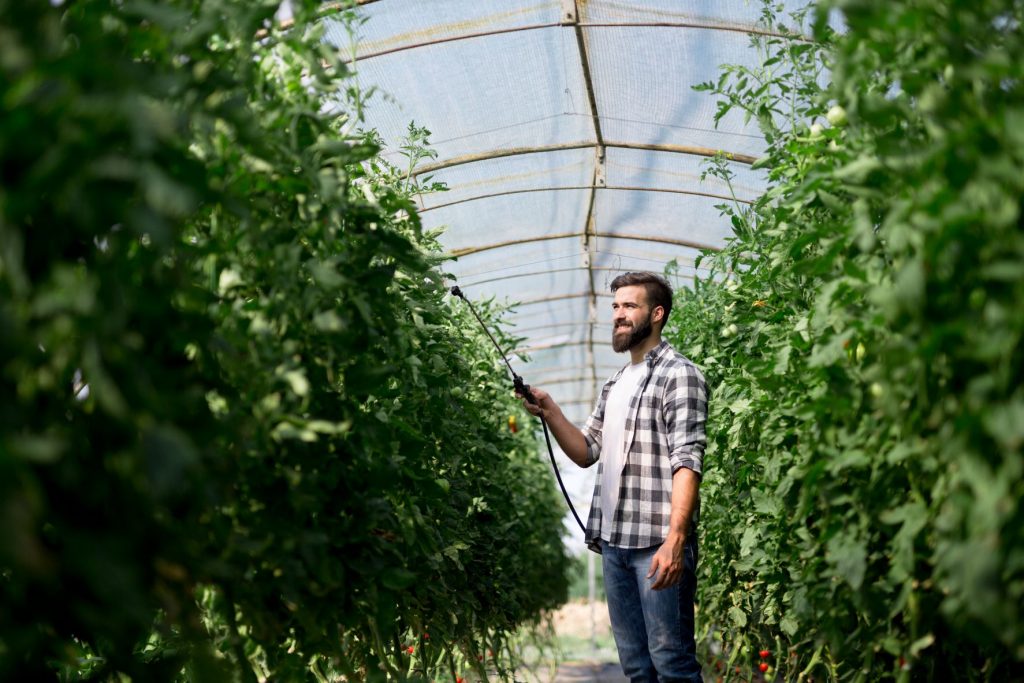Methods Used to Protect the Crop
Pesticides are the most common method of crop protection. These chemicals are crucial for controlling pests, and ensuring maximum yields. These methods come with their own downsides. Pesticides are toxic and cause long-term health issues, neurological diseases, and have a negative effect on the environment.
Control of pests by ”natural” enemies
Natural enemies are a method of biological control that employs predators, pathogens, and parasites to eliminate pests. These beneficial organisms are important in reducing pest populations and are often used in conjunction with commercial pesticides. However, biological control can have its risks. Side effects of predators can have a negative impact on biodiversity and the environment.
Classical biological controls involve the collection and reintroductions of natural enemies that are specifically for a pest. These methods are only effective for a brief time and may not be effective if the pest has moved to another environment. Classic biological control can be effective for short-term periods if the natural enemies population can be maintained over a longer time.
Proper identification is crucial for biological control. Some pests can be confused easily with other species. For instance, some people mistakenly consider syrphid fly larvae to be caterpillars, but they do not feed on plants. The predaceous mite is another pest that can be easily confused with its predator. This type of mite is more active than other plant-feeding species, and it does not appear in large groups.

Natural enemies are not permanent solutions, but they can reduce pest populations in large areas. There are approximately 150 species of natural enemies currently available. In addition, some species are highly polyphagous, and this can have adverse effects on the environment. However, there are some factors that must be considered before a natural enemy is released.
A lot of preliminary research is required to ensure biological control succeeds. This will allow researchers to gain a complete understanding of the pest, the natural enemy complex and the environment that it lives in. This research can take years. On average, it takes ten years for a biological pest control agent to be discovered and effective.
You can also use natural enemies in combination with chemical controls. While chemical control is the most efficient option for controlling some pests, it may be ineffective in other situations. In many European countries, spider mites are a major problem.
Control of pests using ‘chemical’ agents
Chemical control is a common practice for managing pests in agricultural and forestry areas. Pesticides quickly became the preferred method of controlling pests after they were developed. Biological control, on the other hand, relies on organisms that naturally attack pests without the use pesticides. This method does not leave any residues that could be harmful to humans or other organisms. Many ecologists believe that biological controls are nature’s way for regulating population.
Chemical methods employ a variety chemicals to kill pests. Some are only repellents. Others are toxic and can cause harm to the environment and people’s health. Chemical pesticides often contain heavy metals and toxic compounds, which can be harmful to humans and the environment. Chemical pest control methods can have negative effects on crops and the environment.
Pesticides should only be used as a last resort if other methods fail. Chemical pesticides can be used to control fungicides and insecticides as well as antibiotics. Each one must be labeled according to the pest it is intended to control. It is important to follow the directions on the label and follow the proper precautions when using these methods.
Resistance to chemical pesticides can also be caused by pesticides. Over time, a pest population can become resistant to a pesticide and become uncontrollable. To effectively kill the pest, chemical insecticides must be used in higher concentrations. This is a serious concern and can lead to increased costs for farmers. Chemical pesticides need to be used responsibly and with care to avoid a possible chemical crisis.
Integrated pest management techniques can reduce the likelihood of pest infestations. An IPM program begins with a thorough assessment to determine the best tactics for controlling the pest’s activities. The plan also considers the pest’s life cycle. While controlling a pest infestation, the use of beneficial insects is often recommended. This will help to keep the pest population at an acceptable level.
Pesticides can pose a danger to both humans and animals. They can cause illness and damage the soil and water quality. If they are used in excess, they can be dangerous.